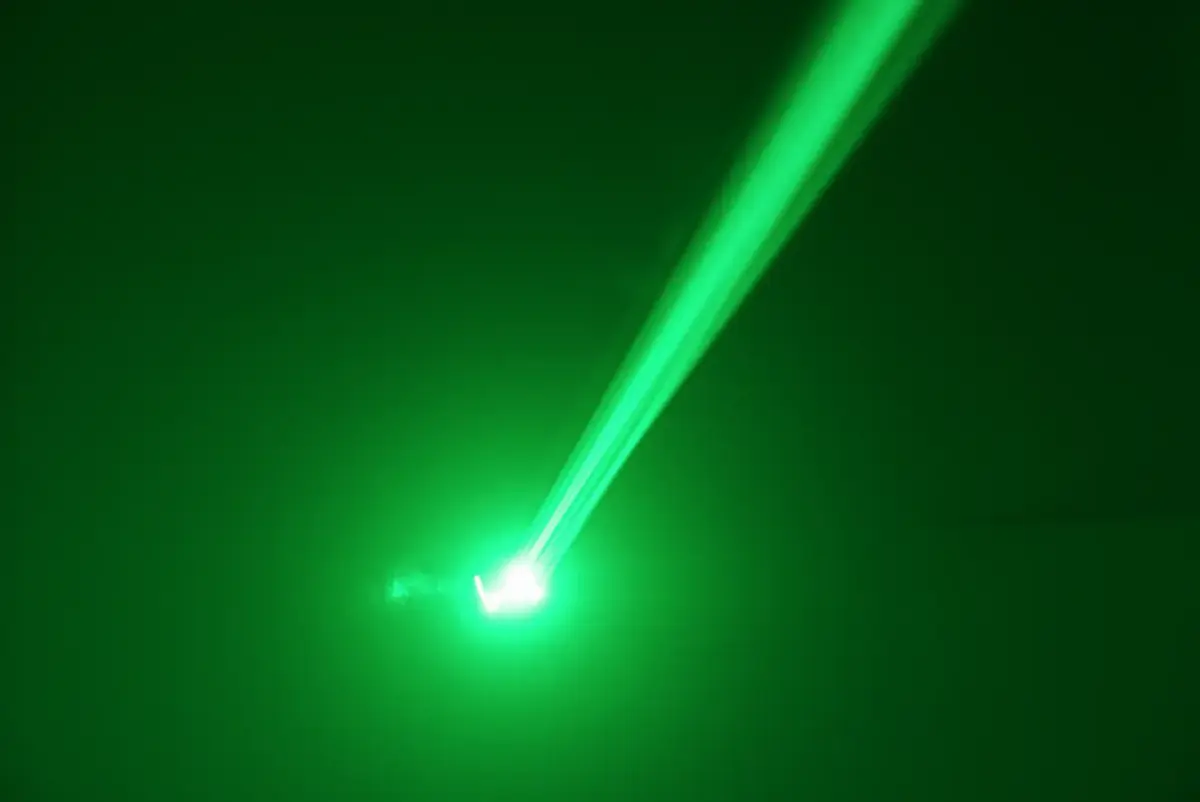
Do you want to access to this and other private contents?
Log in if you are a subscriber or click here to request service
Why lasers threaten airline pilots
General aviation aircraft or those operating close to airports are most affected

The night flight is considered by the pilots to be generally more peaceful than the daytime one: there is less traffic, radio communications are less frequent, assignment of the runway is more immediate. Among the disadvantages, however, there is that of attacks with laser lights. A stunt by mythomaniacs or imprudent people who can jeopardize the safety of the aircraft, as it can temporarily blind...
Gic - 1253247
AVIONEWS - World Aeronautical Press Agency
AVIONEWS - World Aeronautical Press Agency